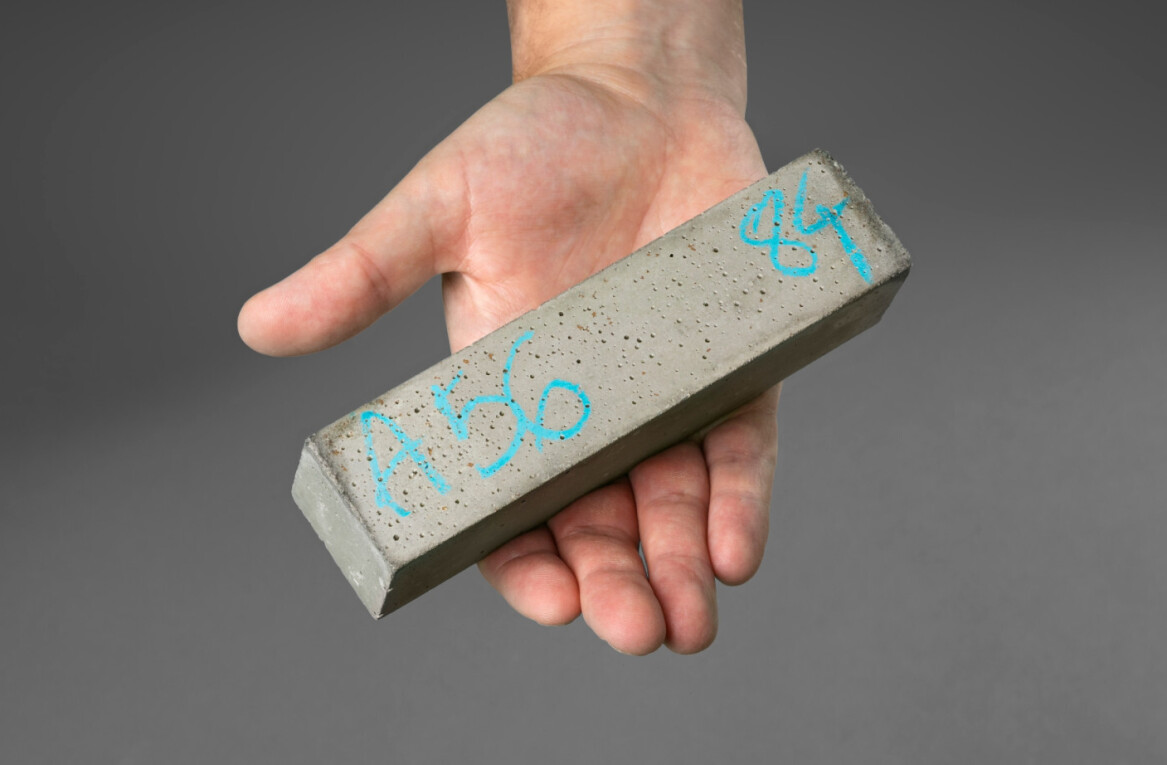
 The world watched as yesterday, Steve Jobs took to the stage for an impromptu Apple Press Conference, explaining the issues surrounding the recent iPhone 4 launch and the associated problems with its unique antenna design.
The world watched as yesterday, Steve Jobs took to the stage for an impromptu Apple Press Conference, explaining the issues surrounding the recent iPhone 4 launch and the associated problems with its unique antenna design.
Admitting that the iPhone 4 signal problem was an error on Apple’s part, Jobs attempted to deflect some of the attention away from the Apple device, calling into question the designs of all major mobile handsets, suggesting that both RIM and Nokia handsets would also lose signal when held in a specific way.
Apple even listed RIM’s Blackberry Bold 9700 on a dedicated antenna page on its website, highlighting ways to compromise signal quality on the Blackberry device.

Unsurprisingly, RIM and Nokia decided to have their say – afterall, RIM had a product to defend and Nokia a reputation to uphold.
RIM
“Apple’s attempt to draw RIM into Apple’s self-made debacle is unacceptable. Apple’s claims about RIM products appear to be deliberate attempts to distort the public’s understanding of an antenna design issue and to deflect attention from Apple’s difficult situation. RIM is a global leader in antenna design and has been successfully designing industry-leading wireless data products with efficient and effective radio performance for over 20 years. During that time, RIM has avoided designs like the one Apple used in the iPhone 4 and instead has used innovative designs which reduce the risk for dropped calls, especially in areas of lower coverage. One thing is for certain, RIM’s customers don’t need to use a case for their BlackBerry smartphone to maintain proper connectivity. Apple clearly made certain design decisions and it should take responsibility for these decisions rather than trying to draw RIM and others into a situation that relates specifically to Apple.”
– Mike Lazaridis and Jim Balsillie
Nokia
“Antenna design is a complex subject and has been a core competence at Nokia for decades, across hundreds of phone models. Nokia was the pioneer in internal antennas; the Nokia 8810, launched in 1998, was the first commercial phone with this feature.
Nokia has invested thousands of man hours in studying human behavior, including how people hold their phones for calls, music playing, web browsing and so on. As you would expect from a company focused on connecting people, we prioritize antenna performance over physical design if they are ever in conflict.
In general, antenna performance of a mobile device/phone may be affected with a tight grip, depending on how the device is held. That’s why Nokia designs our phones to ensure acceptable performance in all real life cases, for example when the phone is held in either hand. Nokia has invested thousands of man hours in studying how people hold their phones and allows for this in designs, for example by having antennas both at the top and bottom of the phone and by careful selection of materials and their use in the mechanical design.”
What’s interesting to note is Nokia’s statement seems to validate Apple’s claims of reduced performance when a device is held in a specific way, although RIM quite rightly points out flaws in Apple’s suggestions.
At the end of the day, HTC, Samsung, Nokia and RIM products don’t need a case to alleviate signal issues with their devices. Apple’s attempt to deflect the attention from its own products has quite rightly hit a raw nerve amongst manufacturers and frustrated customers – although they do get a free bumper case for their troubles.
[Thanks – InformationWeek]
Get the TNW newsletter
Get the most important tech news in your inbox each week.





